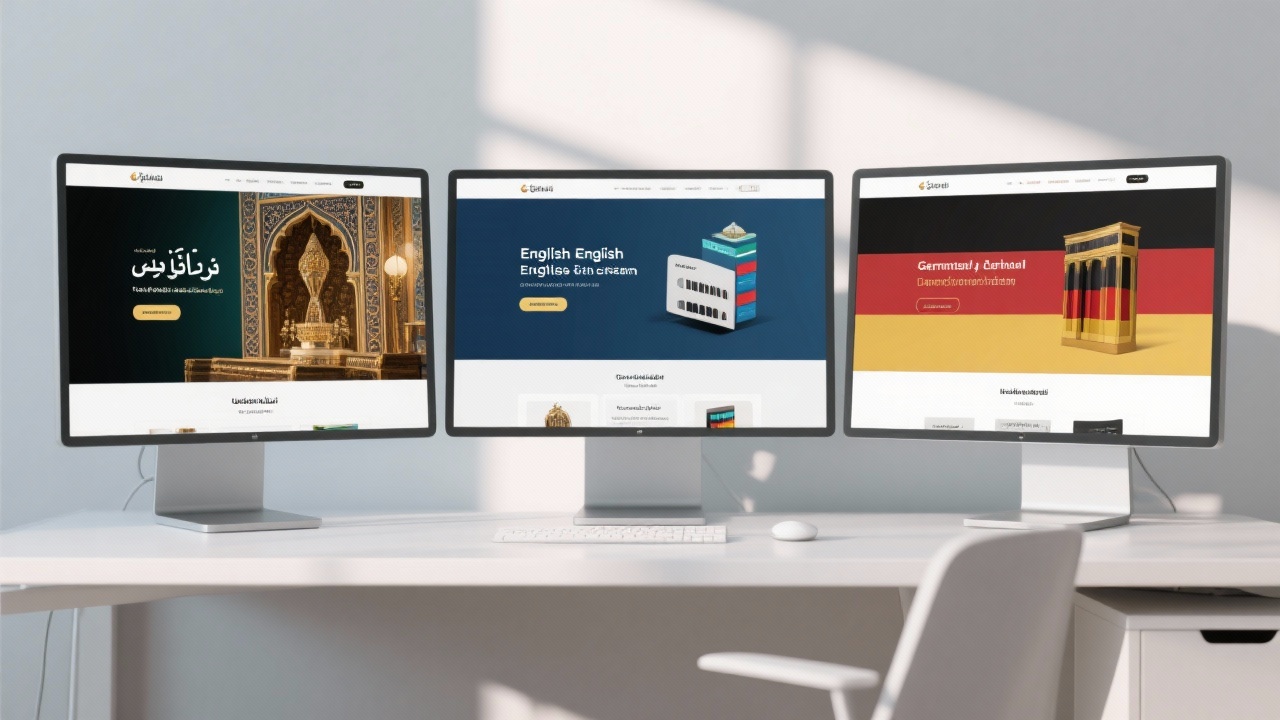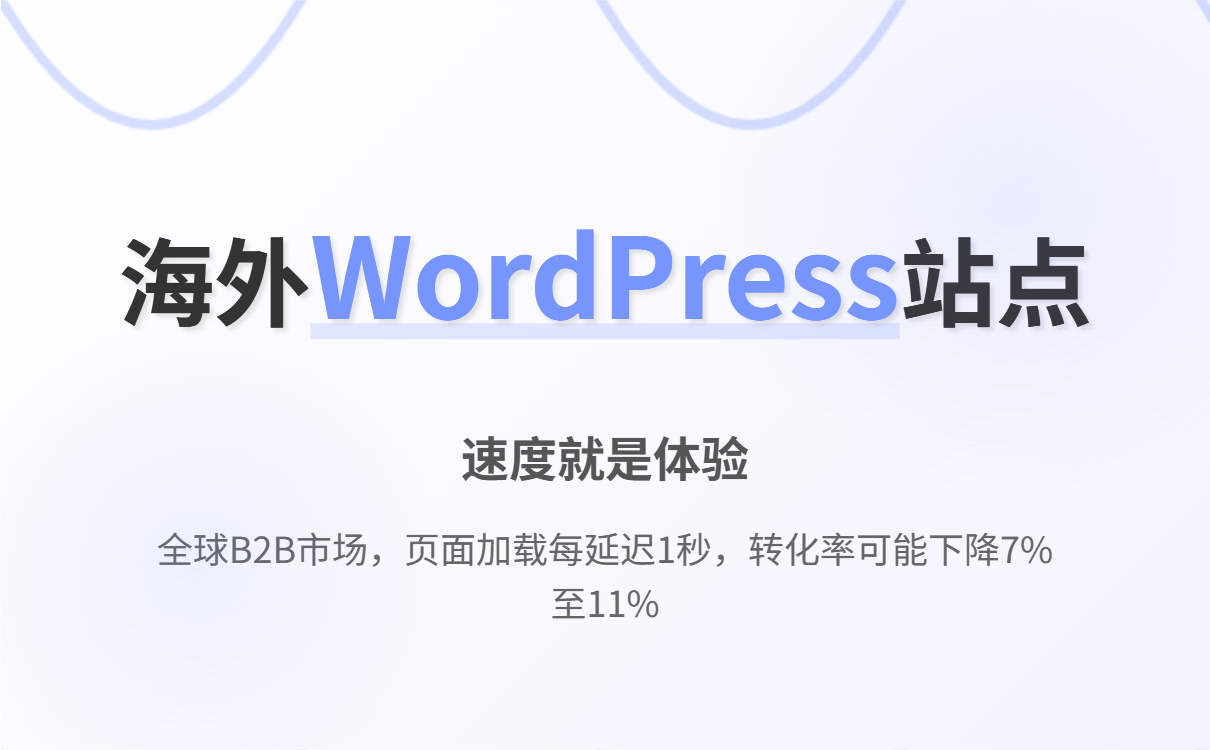
You might not realize it, but the loading speed of your B2B website plays a crucial role in both SEO and user experience. Search engines like Google consider page speed as a ranking factor. A slow - loading website can significantly harm your search engine rankings. For instance, Google has reported that if your website takes more than 3 seconds to load, the bounce rate can increase by up to 32%. That means you're losing a large number of potential customers right at the entrance of your website.
From a user experience perspective, in today's fast - paced digital world, your overseas customers expect instant access to information. A slow - loading site can lead to frustration, causing users to leave your site and turn to your competitors. So, improving your website's loading speed is not just a nice - to - have; it's a must - have for your business.

You don't need to rely on a technical team to detect and improve your website's loading speed. There are several free and user - friendly automated tools available. One of the most popular ones is Google PageSpeed Insights. This tool analyzes your page's content and provides suggestions for improving its performance. It gives you a score out of 100 for both desktop and mobile versions of your site, along with detailed reports on what needs to be optimized.
Another great tool is GTmetrix. It not only analyzes your page speed but also provides a waterfall chart that shows how each element on your page is loaded. This helps you identify which parts of your page are taking the most time to load.
To use these tools, simply enter your website URL, and they will generate a detailed report. You can then follow their recommendations to optimize your site.
There are several common reasons why your website might be loading slowly. One of the most frequent culprits is uncompressed images. Large, high - resolution images can take a long time to download. For example, an uncompressed JPEG image can be several megabytes in size, while a properly compressed one can be reduced to a few hundred kilobytes.
JavaScript (JS) blocking can also be a problem. If your JS files are not optimized, they can block the rendering of your page, causing delays. Server latency is another issue. If your server is located far from your target audience, it can take longer for data to travel between the server and the user's browser.
Now, let's look at some optimization steps you can take. First, compress your images. You can use free online tools like TinyPNG to reduce the file size of your images without sacrificing much quality. Second, minify your CSS and JS files. This means removing unnecessary characters like whitespace and comments to reduce the file size.
Let's take a look at a case study. A small B2B company optimized their website using these steps. Before optimization, their average page load time was 7 seconds, and their bounce rate was 45%. After optimization, their page load time dropped to 2 seconds, and their bounce rate decreased to 20%. Their search engine rankings also improved, leading to a 30% increase in organic traffic.
With the increasing use of mobile devices, mobile adaptation is crucial. You need to ensure that your website loads quickly on mobile devices. Google also emphasizes mobile - first indexing, which means it primarily uses the mobile version of your site for ranking.
If you have a multilingual site, you need to pay attention to the performance of each language version. Different languages may have different content lengths and character sets, which can affect loading speed. You can use lazy - loading techniques to load content only when it's needed, especially for large multilingual pages.

To increase the time users spend on your site and improve conversion rates, you need to customize your content structure based on the habits of your target country's users. For example, in some countries, users prefer a more visual - based content structure, while in others, they prefer detailed text. By understanding these preferences, you can create a more engaging experience for your users.
You can also use A/B testing to see which content structure works best for different user groups. This way, you can continuously improve your site's performance and user experience.

Don't let a slow - loading website hold your business back. With the right tools and strategies, you can optimize your site's performance and boost your overseas sales. Click here to get our free multi - language landing page templates and localization content adaptation guide, and let your B2B website truly 'get faster, stay stable, and win big'!
.png?x-oss-process=image/resize,h_100,m_lfit/format,webp)
.png?x-oss-process=image/resize,h_100,m_lfit/format,webp)

.png?x-oss-process=image/resize,h_100,m_lfit/format,webp)
.png?x-oss-process=image/resize,h_100,m_lfit/format,webp)
.png?x-oss-process=image/resize,h_100,m_lfit/format,webp)
.png?x-oss-process=image/resize,h_100,m_lfit/format,webp)
